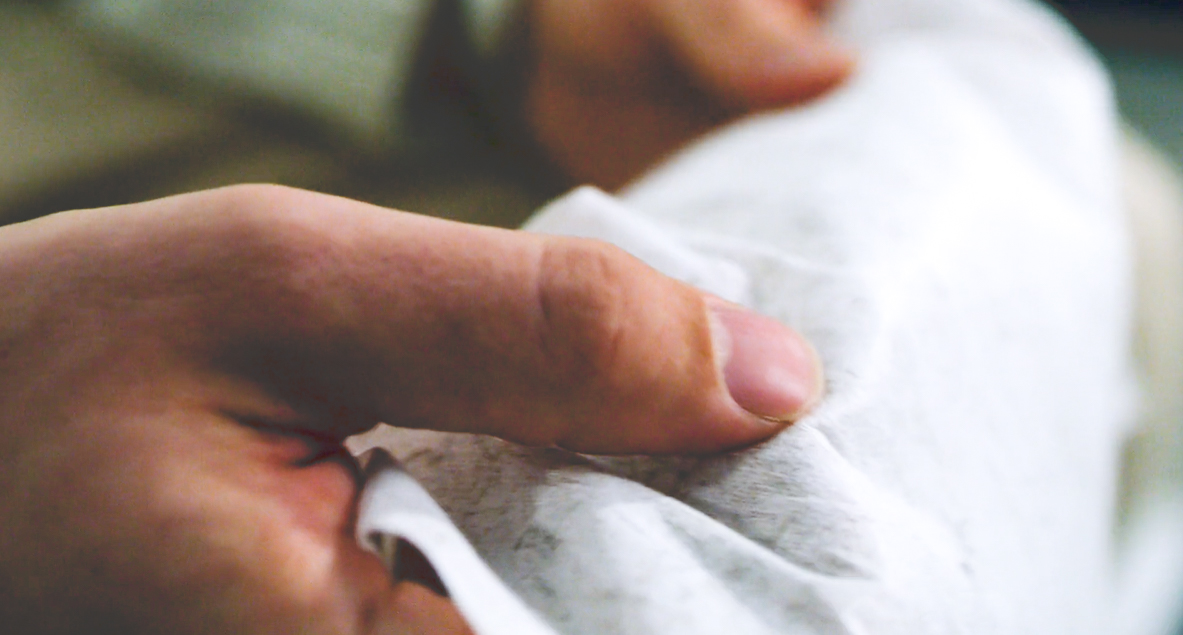Suominen part of the Piloting Alternatives of Plastic –project
The plastic challenge is recognized. The use of plastic has increased in the last 50 years, and it has been expected to double again within the next 20 years. The biggest problem with using plastic is its recyclability. According to the Ellen McArthur Foundation (2017), the majority of plastic ends up being incinerated or in landfills. This also leads to improperly disposed of plastic in forests and oceans.

Systematic change requires innovations and cooperation
Suominen has recognized this problem and aims to provide most sustainable nonwoven solutions to the market. However, replacing plastic is often not feasible due to technical features or product economics and new solutions are needed. In order to bring innovations to the market and positively contribute towards a more sustainable future, Suominen has decided to participate in Piloting Alternatives of Plastic project together with VTT and other industrial members. VTT is one of Europe’s leading research institutions that is owned by the Finnish state. VTT’s purpose is to bring together people, business, science, and technology, to solve the world’s biggest challenges, creating sustainable growth, jobs, and well-being.
The Piloting Alternatives for Plastics project started in April 2020. It brings together a wide range of Finnish and international companies to take materials developed in laboratories towards more industrial production. The project is funded by the European Regional Development Fund, VTT and companies. Piloting Alternatives for Plastic is one of the most significant and the biggest ongoing projects. Its 55 companies cover the whole value chain from fiber and pulp manufacturers to web and equipment manufacture and all the way to product converters and brand owners. It has been great to see that even competitors have cooperated in this project to create a systematic change with a common goal. The network plays a significant role in the project with as big scalability as Piloting Alternatives for Plastic.
The research aims to recognize new materials from a wide range of raw materials and manufacturing options, to scale the results obtained on a laboratory scale to commercial production scale. The development work results from diverse expertise in different raw materials, equipment, and manufacturing technologies. The final development work is scalable from different packaging, textiles and wiping to other sustainable solutions.
“It’s great to have the leading players from the field, such as Suominen, involved in this project. It gives a close look to nonwovens and their market, which contributes to the project's development,” says Harri Kiiskinen, Project Manager, VTT.
Suominen participating in project and piloting alternatives
Suominen’s current sustainable product portfolio consists of products made of renewable, recycled, and/or plastic-free raw materials as well as compostable and dispersible nonwovens. Suominen’s target is to increase sales of sustainable products by 50 % by 2025, compared to the base year 2019, and to launch at least ten sustainable products per year. Suominen has two strong capabilities that, together with our advanced production technologies, support the innovations needed to reach our target: we are pioneers in sustainable nonwovens and our R&D team has excellent knowledge in sustainable fibers. In addition, Suominen has adopted ways of working that enable and encourage innovation; the New Fiber Center approach is one example of this.
Suominen’s future-oriented thinking has helped to achieve a frontrunner status in innovation and sustainability. Suominen’s dedication to sustainable solutions and innovation has also been recognized globally.
“Working with Suominen from the beginning of the project has shown us new perspectives in nonwoven market and business. We are happy to share the project with Suominen, who is a globally recognized nonwoven manufacturer with ambitious future-oriented research and development,” says Harri Kiiskinen.